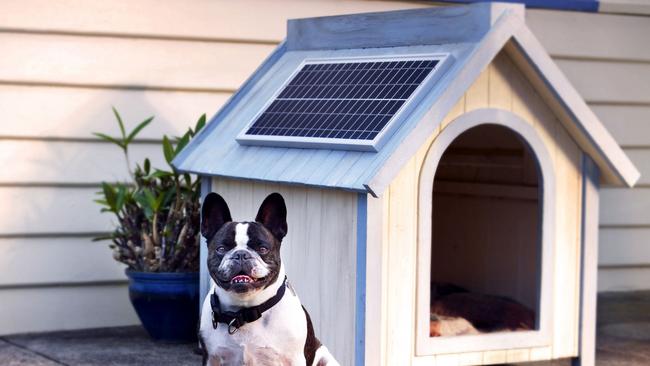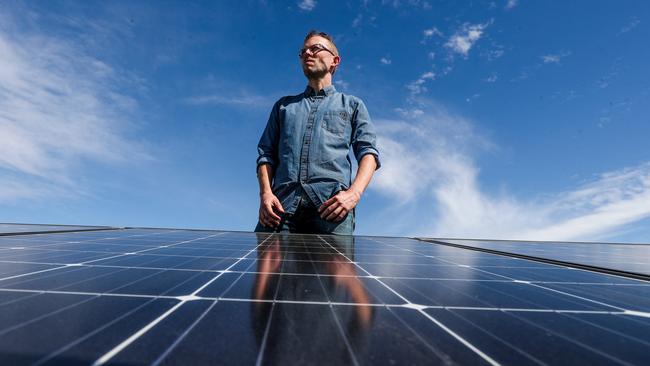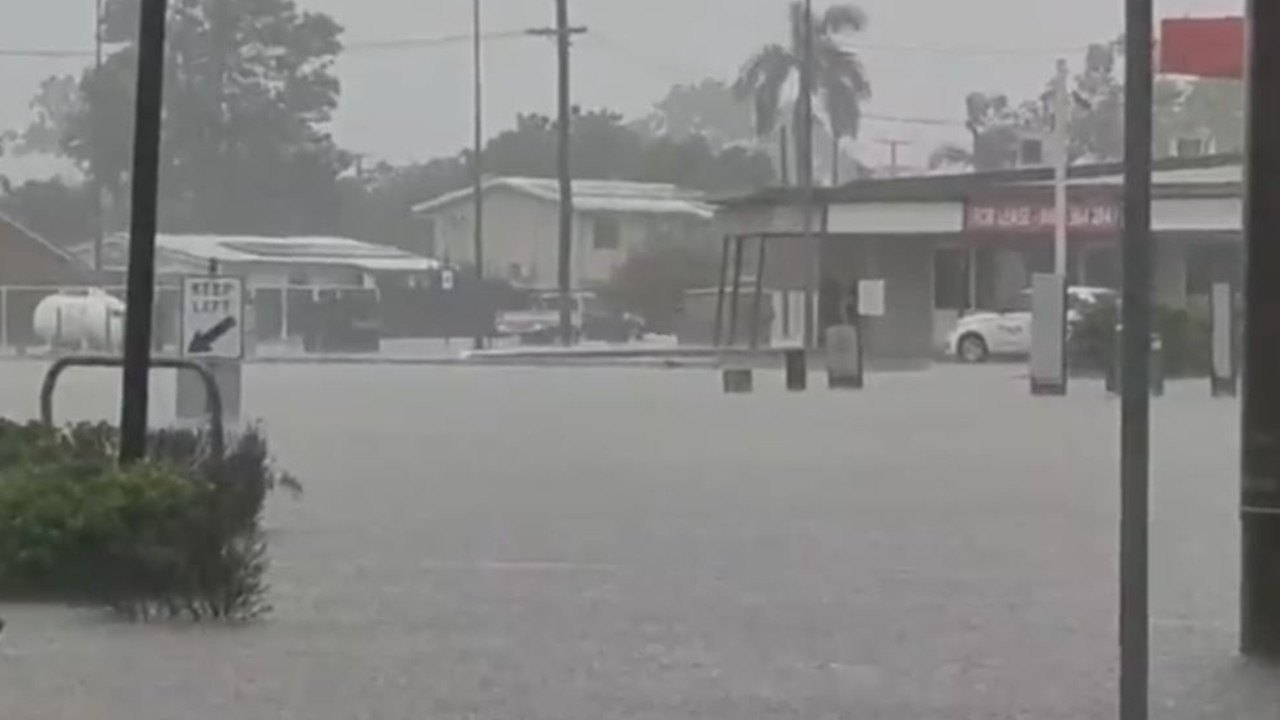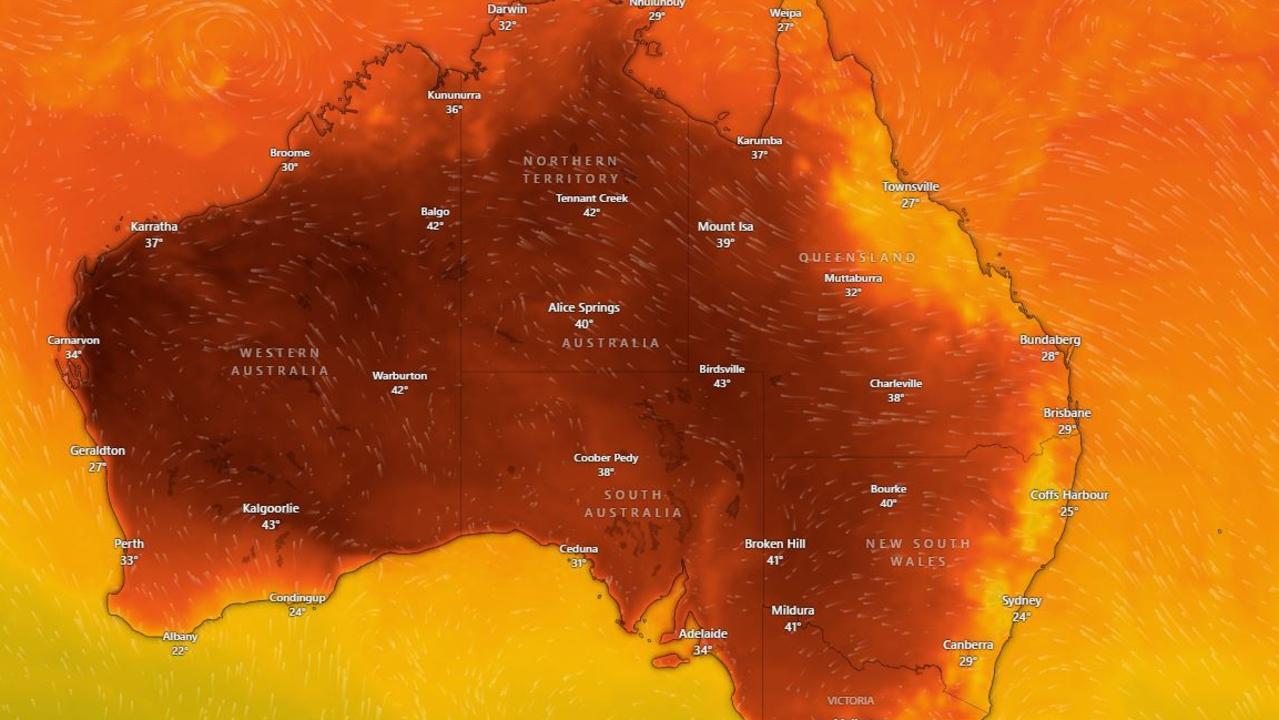Solar panel prices shrink further but some households still wary
The cost of solar panels for Aussie homes has plunged in recent years as power prices continued to surge. However, not everybody sees them as good value despite the energy-saving benefits.

Technology
Don't miss out on the headlines from Technology. Followed categories will be added to My News.
Home solar energy costs have more than halved in just seven years, but price remains the biggest barrier to people putting panels on their roof.
A new study by energy giant Origin has found the average cost of going solar has dropped from $10,000-$15,000 in 2013 to $4500-$8000 today.
However, more than 40 per cent of people would not pay a dollar more to buy a house with solar and only 19 per cent would pay more than $5000, it found.
This is despite potential savings of thousands of dollars annually and most systems paying for themselves within five years.
Renters also have mixed views about solar, with 43 per cent refusing to pay any extra rent for a home with solar panels.

Cost is the biggest barrier for more than 77 per cent of people who don’t have solar, followed by reliability concerns and a lack of knowledge about who to trust for installation, Origin’s report found.
Australia has more than 2.2 million home solar systems, and Origin’s general manager retail sales and marketing, Duncan Permezel, said costs should fall further.
“We also expect the cost of installing home batteries will continue to drop with advancements in technology and the increasing demand for renewable energy,” he said.
Mr Permezel said home battery systems were a newer innovation and their average cost had dropped by 3.7 per cent in two years to $13,500.
“There are a few ways customers can purchase solar panels,” he said.
Some interest-free payment plans require zero deposit and can be paid off over two years.

SolarQuotes founder Finn Peacock said people should be wary that some companies offering interest-free finance deals bumped up their system costs by 20 per cent.
He said many buyers bought systems by increasing their existing mortgage or taking out green loans – low-interest personal loans for environmentally friendly purchases
“Credit unions do really good green loans,” Mr Peacock said.
He said the average system being purchased today was 6.6 kilowatts, costing about $6000 to benefit from Federal Government rebates.
“There are companies selling them for $3000 at the bottom of the market, but if you want to buy expensive panels, they may go up to $9000. You want to pay about $1 a watt – that gives you a high-quality system.
“There’s still a good number of people who can’t get over spending $6000.”
Mr Peacock said the solar industry had not done a good job of convincing people of cost savings.
Retailers’ feed-in tariffs – paid when you export energy back to the grid – can now be as high as 20-22c per kilowatt hour.
“Retail competition has pushed these feed-in tariff rates up,” Mr Peacock said.
“Big retailers – AGL and Origin – are offering the most competitive feed-in tariffs.”
Mr Peacock said payback times varied between cities, from 2.6 years in Darwin to 5.6 years in Perth.
SOLAR PAYBACK TIMES
Adelaide 3.5 years
Brisbane 4.1 years
Canberra 5.2 years
Darwin 2.6 years
Hobart 5.3 years
Melbourne 5 years (3.2 years with state rebate)
Perth 5.6 years
Sydney 4.6 years
Source: SolarQuotes (Figures based on energy prices, feed-in tariffs and government rebates)
Originally published as Solar panel prices shrink further but some households still wary


